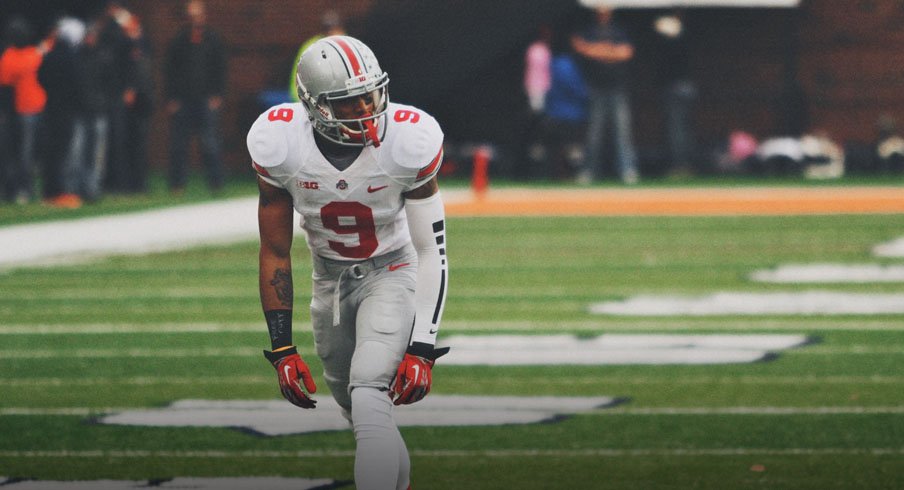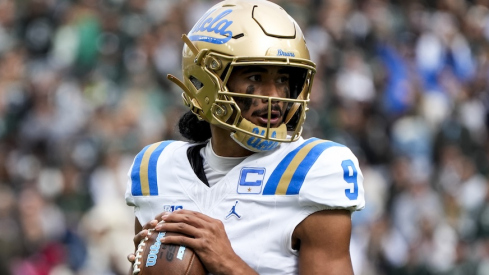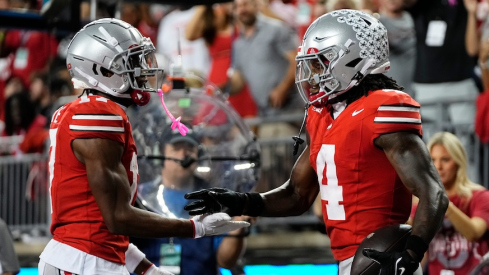Ohio State crushes UCLA, 48-10, and improves to 10-0 this season.
After nearly nine long months of waiting, college football has finally returned.
But as millions of college football fans sink into their couch for hours on end this Saturday, consuming hours of nonstop pigskin delight, they'll be missing a huge chunk of the action on the field. While football continues to be the true national pastime in this country, the presentation of the game on TV has been refined and cut down to allow anyone to follow the basic action on the field.
In an effort to follow the most important person on the field at any one time (the guy with the ball), the remaining 21 players on the field are often an after-thought until it's their time to touch the ball. As cameras zoom in on quarterbacks in the pocket, running backs looking for a hole, or even a returner waiting to bring to catch a kick, fans at home are directed where to focus their attention unlike in any other sport. In basketball and hockey, fans are able to see one entire end of the playing area at once. In baseball, though adjustments in the positioning of fielders is often kept off-screen, viewers are able to see the entirety of the pitcher versus batter duel, which is the vast majority of action within a game.
Luckily, we're here to help. As the Ohio State Buckeyes open their 2014 campaign on the road in Baltimore, most fans will be watching from the comfort of their own home (or local watering hole). In an effort to help you sound more intelligent than your buddies during or after the game, here are a few tips on how to watch a game on TV.
Who's there?
With 22 players on the field at one time, it's important to recognize that it's nearly impossible to track the movements of every single player at one time. Even the best scouts often focus on one area of one side of the ball when watching a live game.
One of the first places to start is by recognizing the changes in personnel and formation from an offense. Since Urban Meyer's arrival in Columbus in 2012, the Buckeyes have operated almost exclusively out of "11" personnel (1 tight end and 1 running back).
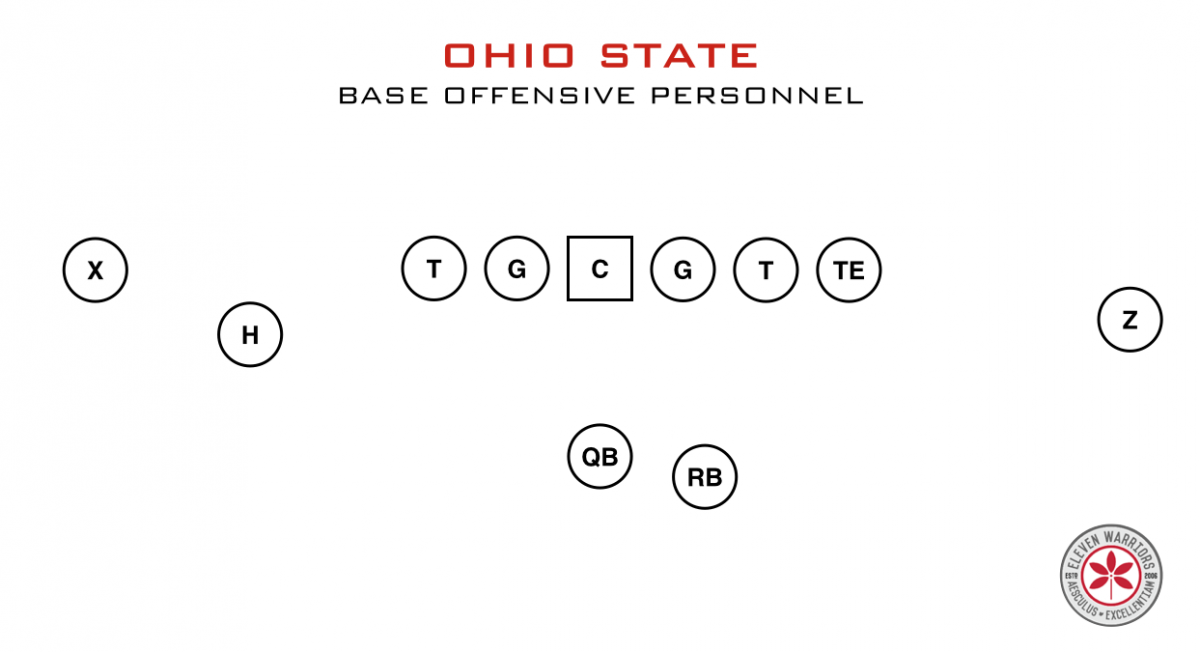
Over the past two seasons, the starting "H" (slot) receiver was Corey "Philly" Brown. However, there were times when he moved outside to allow freshman Dontre Wilson to come into the game at that position. This small tweak in alignment acted as a signal to players, coaches, and fans alike, that something was about to happen. Very often, Wilson was called upon to act as a primary ballcarrier or decoy, becoming a critical part of any play called when he was on the field.
Simple adjustments in formation can take place from week to week in any offense, such as lining up a tight end in the slot, looking to take advantage of a particular weakness that has been identified in their opponent. The key for fans at home is to recognize these adjustments early in the game, and look for patterns in how they're used.
For the 2014 Buckeyes, there are a number of such adjustments worth looking for, such as the use of both tight ends Jeff Heuerman and Nick Vannett at the same time. Is one lined up out wide as a receiver? In the slot? In the backfield?
Additionally, questions remain about the young wide-outs. When Wilson lines up in the backfield like a running back, who takes his place at H? Does that guy just block, or is he an athlete like Jalin Marshall who now steps into the role of playmaker, with Wilson as the decoy?
Recognizing patterns in personnel and alignment go a long way toward giving the TV viewer a better idea of the chess match between opposing coaches.
Read the Guards
Although cameras like to focus in on the quarterback at the snap, TV viewers are also given a good look at the battle between the offensive and defensive lines. There is perhaps no better place to start when trying to understand what's actually happening in the chess match of X's and O's between two teams than this particular battle.
In particular, the offensive guards often tell the true story of where the ball is going. In fact, linebackers are often taught to follow the guard on the first day of pee-wee practice.
In the following examples from last season, the paths of OSU guards Andrew Norwell and Marcus Hall gave us clues as to where the ball would go.

As the Buckeyes look to run the ball inside with the Tight Zone, both Hall (#79) and Norwell (#78) drive straight upfield, sending a clear message that Hyde will be following right behind them. In particular, with no defender immediately in front of them, both Hall and Norwell move quickly downfield to block linebackers at the second level, with Norwell laying the key block that springs running back Carlos Hyde for a big gain.

In this example of a play-action touchdown pass out of the same formation, Norwell and Hall once immediately again show where the play is going. Like the first example, the two guards don't have any opponents lined up directly across from them. But even though the action in the backfield appears the same at first, the big men on either side of the center don't move towards the linebackers, instead protecting their spots in the pocket to keep Braxton Miller from getting hit, and showing that the play will be a pass after all.
Finally, guards in the Buckeye scheme are often the only ones that are asked to "pull" and move to the other side of the formation to give a block.
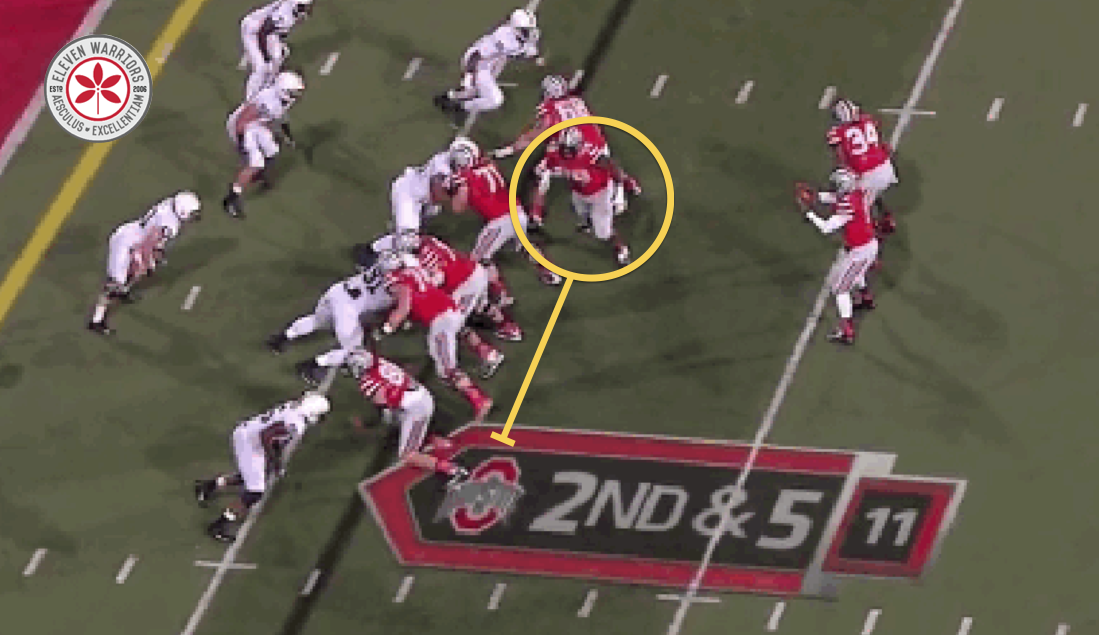
In this example, while the rest of the offense appears to be going to their right, Hall immediately opens up and begins heading to the opposite side of the formation.

As Braxton Miller and company are trying to act like the play will be a roll out or sweep to the right, Hall is busy kicking out the defensive end and creating the hole through which Miller would follow to the end zone.
Although guard might be the least sexy position on the field to many, never touching the ball like the center, or getting the love from NFL scouts like a tackle, they offer fans more insight into what's actually happening than anyone else.
Meet the press
In case you hadn't heard, the Ohio State Buckeyes have a new face leading the defense. After finishing 112th in pass defense in 2013, Chris Ash was brought in to re-build the back line. Ash brings not only success at previous stints calling the defense at Arkansas and Wisconsin, but with him comes press, man-to-man coverage on the outside.
Since the late 90's, Ohio State has rarely asked their defensive backs to line up one-on-one and defend a receiver without help from a safety, yet that trend will change this year, and we'll actually be able to see it.
Although those of us at home often saw the end-results of a deep pass play last year, we rarely saw how the receiver got open in the first place. But with the installation of Ash's Cover 4 shell with two deep safeties and man-to-man coverage from the cornerbacks, we'll be able to get a much better picture.
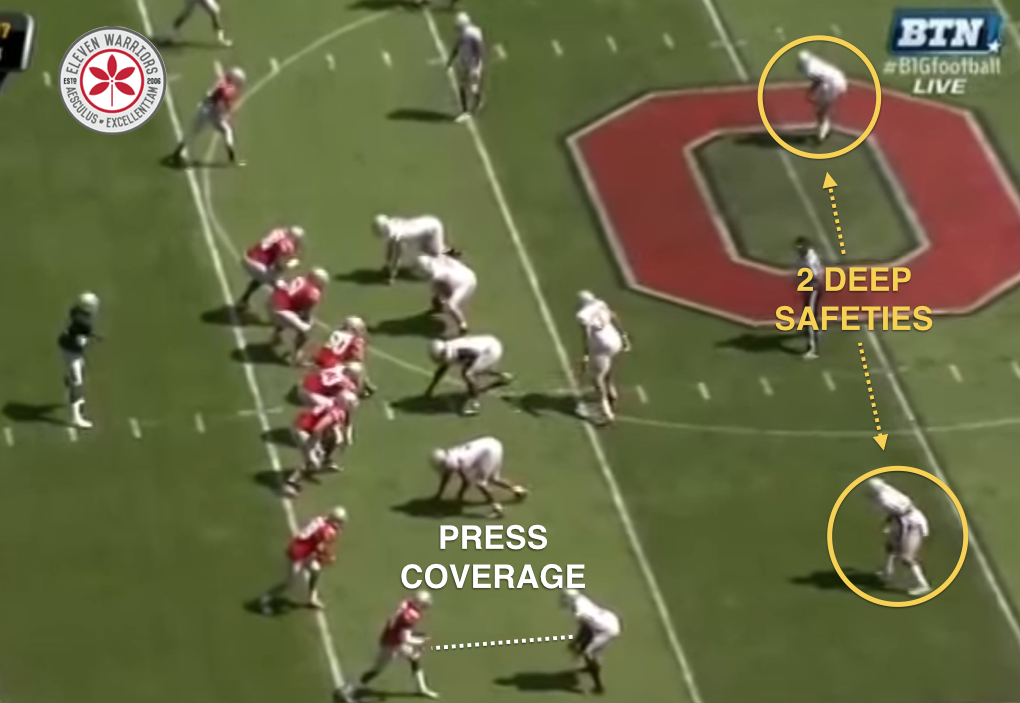
Now, the TV viewer is able to see these battles between receiver and defensive back, as we witnessed during the 2014 OSU Spring Game (h/t to reader Shaun OSU for the GIF below). At the top of the screen, Eli Apple wins the battle on this play, throwing off the timing of his opponent's route.

As we're able to see, Apple does a great job of keeping his weight back while still getting his hands on the receiver long enough to disrupt him. The cornerback doesn't need to stop the receiver completely, but just enough throw him off his route for a beat or two.
With only one returning starter in the defensive backfield, these matchups will be critical for the success of the Buckeye defense this fall. If (and when) a young cornerback leans too far in one direction while trying to jam his receiver, he won't have much help over the top from a safety, leaving the possibility for a big play wide open.
It takes some time to get used to watching football this way, as many of us learned and fell in love with the game by following the ball like the cameras instructed. But for those of you that want to know more about the WHY of football than the WHAT, using these tricks can help shed some light onto a beautifully complex game.
Welcome back, football.
